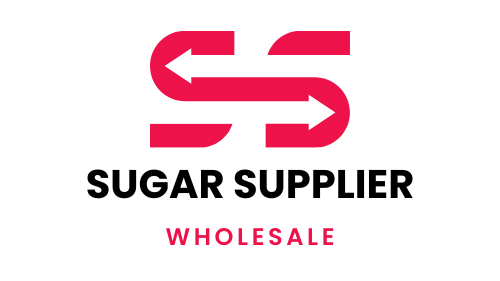The economic implications of disruptions in sugar supply chain is a complex network of producers, distributors, and retailers that spans the globe. Disruptions at any point in this chain can have far-reaching economic consequences, affecting businesses, consumers, and economies. In this blog post, we will explore the economic implications of disruptions in the sugar supply chain, examining how these disruptions occur, their impact on various stakeholders, and strategies for mitigation.
Supply Chain Disruption
Supply chain disruptions in the sugar industry can arise from various factors, including natural disasters, transportation bottlenecks, labor strikes, and regulatory changes. For example, extreme weather events such as hurricanes or droughts can damage sugar crops, leading to reduced production and supply shortages. Similarly, logistical challenges such as port closures or transportation delays can impede the movement of sugar from production facilities to distribution centers and retail outlets.
Economic Impact
The economic impact of supply chain disruptions in the sugar industry can be significant, affecting both supply and demand dynamics. On the supply side, disruptions can lead to temporary or long-term shortages of sugar, resulting in price volatility and increased production costs for manufacturers and retailers. These higher costs may be passed on to consumers in the form of higher prices for sugar-containing products, potentially reducing consumer purchasing power and overall demand.
Mitigation Strategies
To mitigate the economic impact of supply chain disruptions, industry stakeholders employ various strategies aimed at enhancing resilience and flexibility in the supply chain. These strategies may include diversifying sourcing locations to reduce dependence on single suppliers or regions prone to disruptions. Additionally, investments in infrastructure, technology, and risk management practices can help improve supply chain visibility, responsiveness, and efficiency, enabling companies to better anticipate and respond to disruptions when they occur.
Case Examples
Several recent case examples illustrate the economic implications of supply chain disruptions in the sugar industry. For instance, in 2017, Hurricane Maria devastated Puerto Rico’s sugar cane fields, leading to a significant reduction in sugar production and supply shortages in the region. As a result, sugar prices in Puerto Rico surged, impacting local businesses and consumers. Similarly, the COVID-19 pandemic disrupted global sugar trade patterns, causing logistical challenges and supply chain bottlenecks that reverberated throughout the industry.
Conclusion
In conclusion, supply chain disruptions in the sugar industry can have profound economic implications, affecting businesses, consumers, and economies worldwide. By understanding the root causes of these disruptions and implementing effective mitigation strategies, industry stakeholders can better manage risks and safeguard against potential losses. Moreover, collaboration and coordination among supply chain partners are essential for building resilience and ensuring the smooth flow of sugar from farm to table. For insights into optimizing the supply chain for Icumsa 45 sugar, check out our blog post on optimizing the supply chain for Icumsa 45 sugar. Additionally, to learn about sustainability in sugar logistics and adopting a green approach, read our blog post on sustainability in sugar logistics: a green approach.

